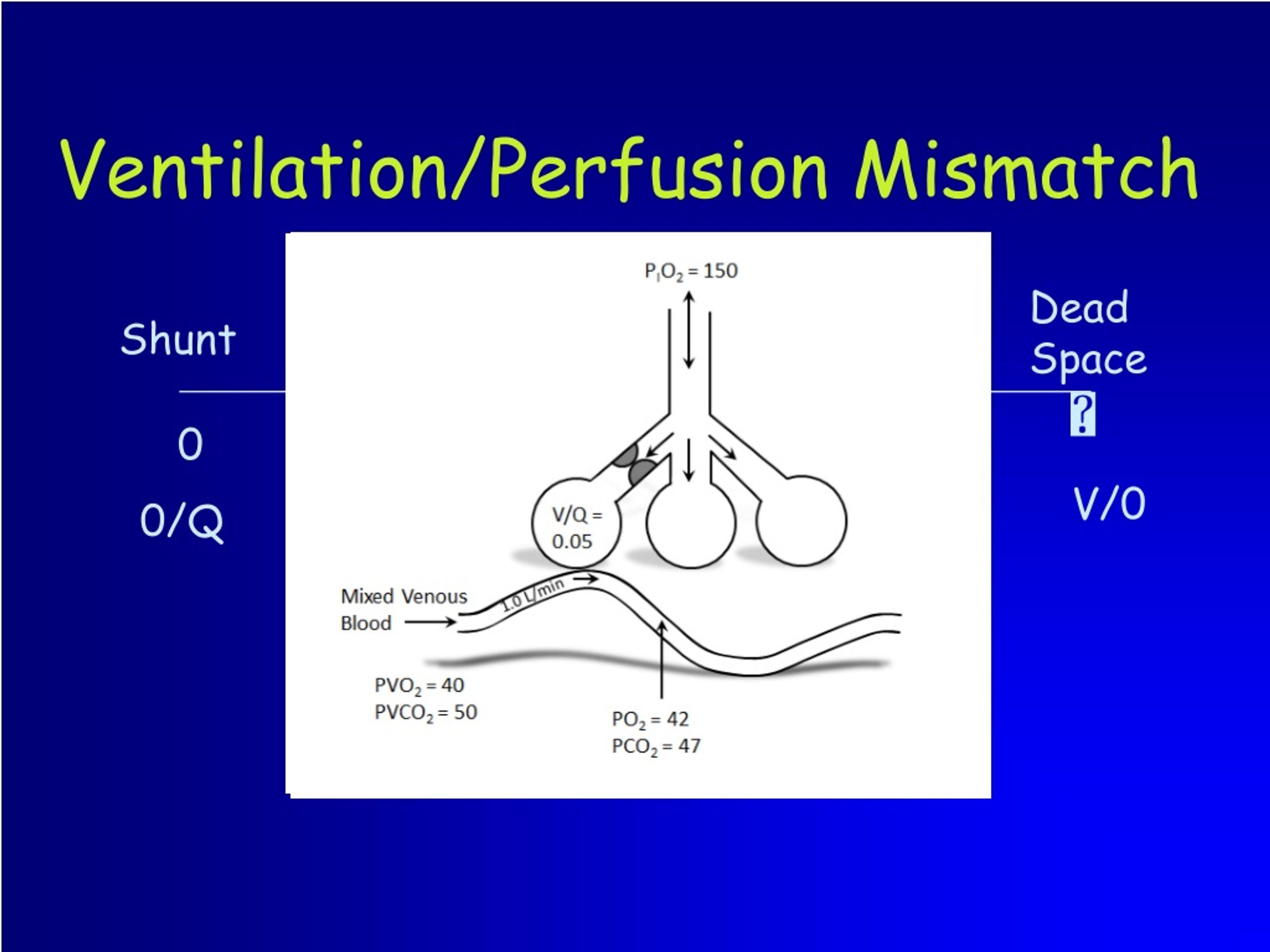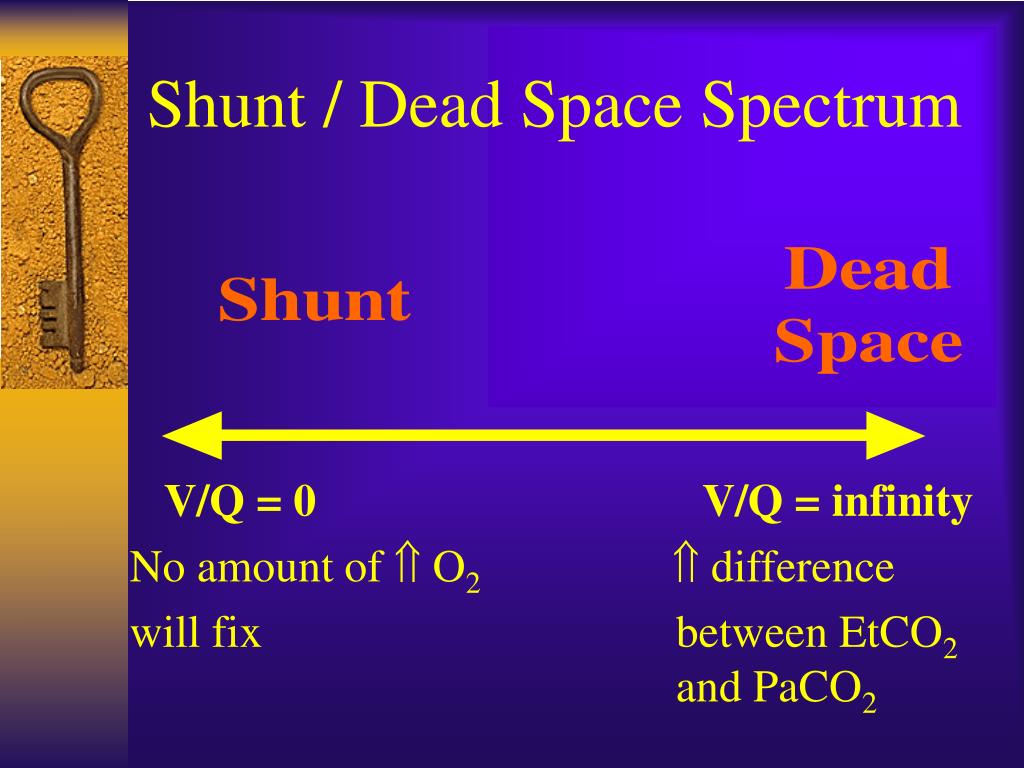

She starts to hypoventilate and is now breathing tidal volumes of 10 ml. Let’s say our baby is sick with nausea, vomiting, and a fever of 101F (38C). So again that’s 14 ml of air reaching the alveoli and 8 ml being effectively wasted. For our baby, the anatomic dead space is 8 (3 X 2.7). Our teenager will have an anatomic dead space of 120ml (2 ml/kg X 60 kg), which means that of his 480 ml breath, roughly 360 reaches the alveoli and 120 doesn’t participate in exchange gas at all. Let’s look at an example of how anatomic deadspace impacts adequacy of breathing.Īnatomic dead space is an important concept in determining if tidal volume is adequate. about a tablespoon - an impressive difference. In terms of liquid volume, that’s a can of soda vs. A healthy infant weighs about 2.7 kg (6 lb) will have about 22 ml alveolar ventilation.

An adequate tidal volume must include enough volume to also fill the deadspace, otherwise not enough air enters the alveoli and the patient hypoventilates.Ī healthy teenage boy weighing 60 kg (132 lb) will have about 360 ml of alveolar ventilation. It’s highest in the infant at 3 ml/kg ideal body weight and is about 2 ml/kg in older children and adults. It’s called anatomic because it’s fixed by anatomy and doesn’t change.Ībout a third of each normal breath we take is anatomic dead space, which means that a third of each breath is essentially wasted. It consists of conducting airways such as the trachea, bronchi, and bronchioles -structures that don’t have alveoli. Anatomic Dead SpaceĪnatomic deadspace consists of the parts of the respiratory tract that are ventilated but not perfused. They all impact how well a patient ventilates. There are three types of dead space: anatomic, physiologic, and that dead space belonging to any airway equipment being used to assist ventilation. Dead space is the portion of the respiratory system where tidal volume doesn’t participate in gas exchange: it is ventilated but not perfused. One important contributor to ventilation perfusion mismatch is dead space. It will help you understand how you can use these concepts to care for your patient. This article will describe how dead space is different from shunt. Physiologic dead space is ventilation of poor perfused alveoli. Shunt is perfusion of poorly ventilated alveoli.


 0 kommentar(er)
0 kommentar(er)
